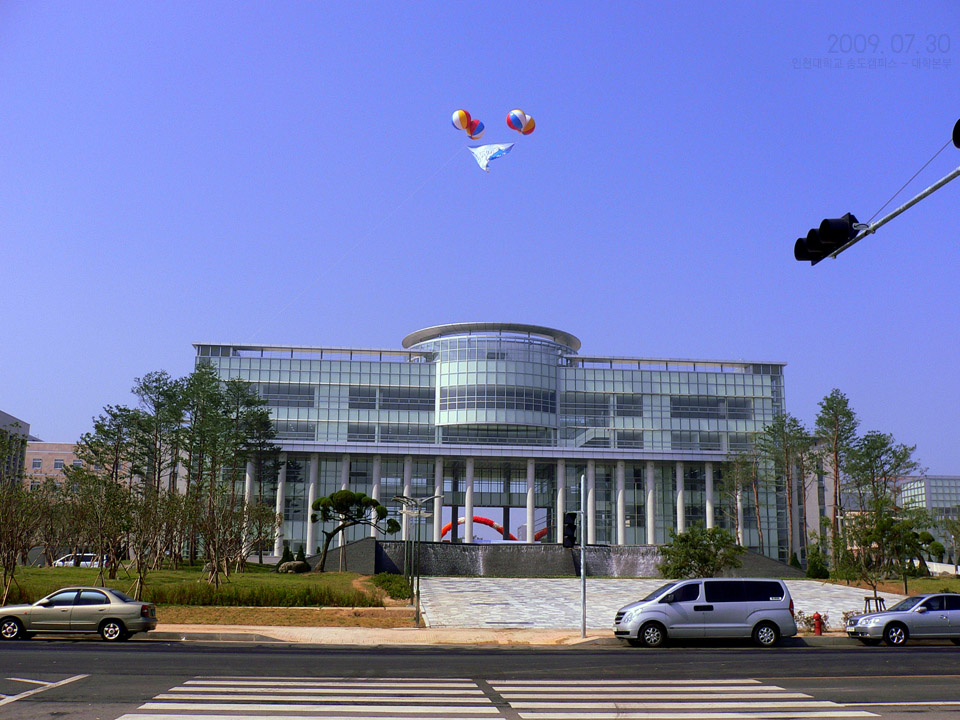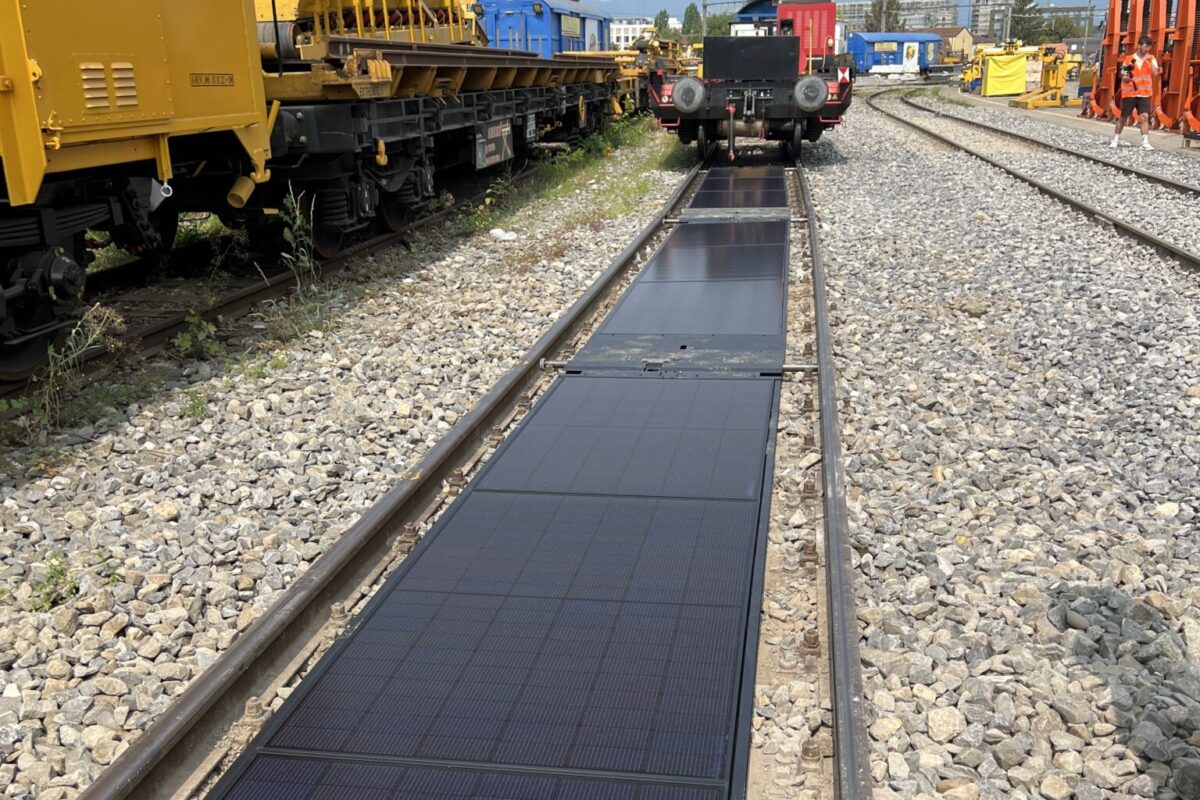A research team from South Korea's Incheon National University (INU) has developed a kesterite solar cell with an 11.22% efficiency rating. The team claims the cell is environmental friendly, as its buffer layer is made of zinc tin oxide (ZTO), rather than toxic cadmium sulfide (CdS), which is common in kesterite devices.
The research team said it was able to maintain high efficiency levels for the cell by aligning the energy levels of the electrons between the kesterite absorber layer and the ZTO buffer layer. This facilitated better circulation of the electrons between the two layers, increasing the cell's voltage and overall performance.
They achieved this by adjusting the ZTO bandgap through the variation of the ratio and deposition temperature of tin and zinc. As a result, the conduction band offset (CBO) between the absorber and the buffer was optimized. The CBO defines the difference between the energy values of the conduction bands of the two semiconductors forming the junction.
“Besides CBO matching, larger band gap of ZTO improved short circuit current density with enhanced external quantum efficiency value in blue photon spectrum range,” the scientists explained.
They improved the cell performance by applying a band-graded copper zinc tin selenide (CZTSe) absorber through a spray-based two-step technique.
“To put things into perspective, current kesterite cells using CdS buffers have a maximum efficiency of 12.6%, meaning that the proposed cell showed high efficiency,” they explained.
They described the solar cell in “Over 11 % efficient eco-friendly kesterite solar cell: Effects of S-enriched surface of Cu2ZnSn(S,Se)4 absorber and band gap controlled (Zn,Sn)O buffer,” which was recently published in Nano Energy.
“Eco-friendly thin-film solar cells could be installed on the roofs and walls of buildings and houses to produce electricity near us,” said researcher JunHo Kim. “They could also be employed in ground vehicles (cars, buses, and trucks) and marine transportations (boats and long-range ships) to partially support electric power.”
This content is protected by copyright and may not be reused. If you want to cooperate with us and would like to reuse some of our content, please contact: editors@pv-magazine.com.




By submitting this form you agree to pv magazine using your data for the purposes of publishing your comment.
Your personal data will only be disclosed or otherwise transmitted to third parties for the purposes of spam filtering or if this is necessary for technical maintenance of the website. Any other transfer to third parties will not take place unless this is justified on the basis of applicable data protection regulations or if pv magazine is legally obliged to do so.
You may revoke this consent at any time with effect for the future, in which case your personal data will be deleted immediately. Otherwise, your data will be deleted if pv magazine has processed your request or the purpose of data storage is fulfilled.
Further information on data privacy can be found in our Data Protection Policy.